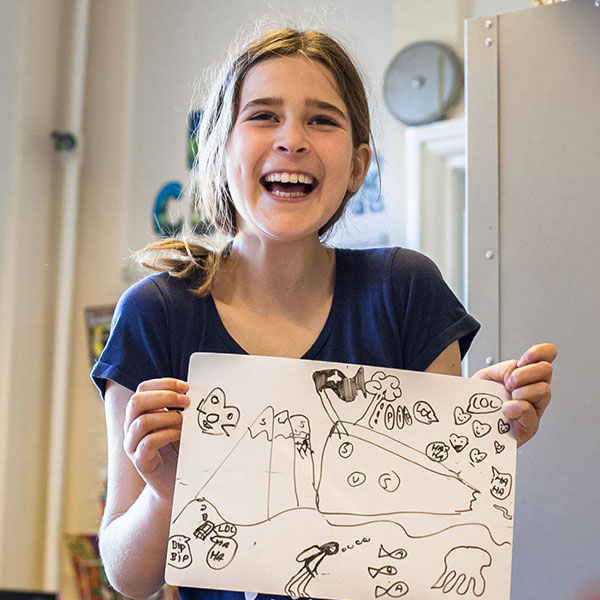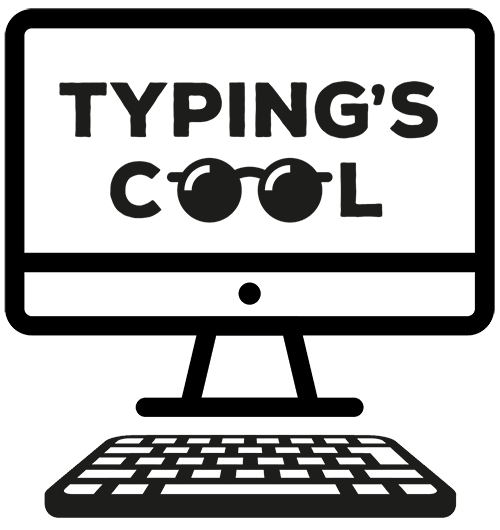Frequently Asked Questions
Open
Can i use childcare vouchers?
Yes. Please let us know your childcare voucher provider when you book and we will send you our registration details.
Why is learning to touch type important?
Most people get by hunting and pecking their way around the keyboard using 2 – 3 fingers. Formal touch typing uses all the fingers and thumbs to type automatically without having to keep looking down at the keyboard. Around 10% of the population has a dyslexia or hand writing related learning difficulty so touch typing can really make a big difference to these learners.
We aim to teach to 25+ words per minute so that using a lap top will always be more efficient than hand writing.
Work can be edited, ideas explored and developed effortlessly and the writer achieves more impact. Touch typing really is the shortest distance between a thought and the written page.
What about posture, repetitive strain injury etc?
Should my child practise or learn at home?
What is the best age to learn?
Do children in your clubs have special educational needs?
Is the use of the computer keyboard being superceded by voice recognition software?
What else do you do in your touch typing clubs and courses?
Our approach is based on precision teaching which aims to retain knowledge and skills in the long term memory. Taxi drivers have denser brain matter in the visual processing area of the brain as they “hardwire” the “knowledge”…Similarly artists, musicians and even footballers have also shown to have much more electrical activity going on in this part of the brain using MRI scans.
Our positive coaching promotes success and a can-do growth mind-set.
What happens in a Typing's Cool holiday club?

Book a Course
